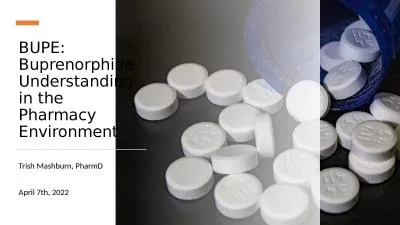PPT-What Pharmacists and Technicians need to know to fight the opioid battle
Author : calandra-battersby | Published Date : 2018-10-07
Tracy Brooks PharmD BCPS BCNSP Assistant Professor of Pharmacy Practice Member of PRMCs Palliative Care Team Member of Indiana RX Task Force Objectives Pharmacists
Presentation Embed Code
Download Presentation
Download Presentation The PPT/PDF document "What Pharmacists and Technicians need to..." is the property of its rightful owner. Permission is granted to download and print the materials on this website for personal, non-commercial use only, and to display it on your personal computer provided you do not modify the materials and that you retain all copyright notices contained in the materials. By downloading content from our website, you accept the terms of this agreement.
What Pharmacists and Technicians need to know to fight the opioid battle: Transcript
Download Rules Of Document
"What Pharmacists and Technicians need to know to fight the opioid battle"The content belongs to its owner. You may download and print it for personal use, without modification, and keep all copyright notices. By downloading, you agree to these terms.
Related Documents

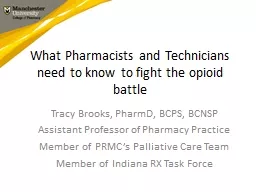
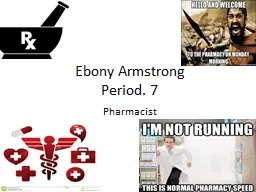
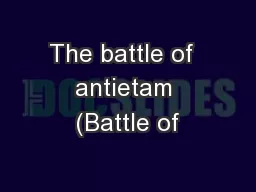
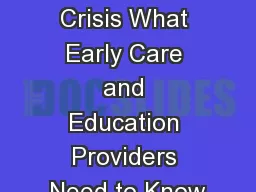


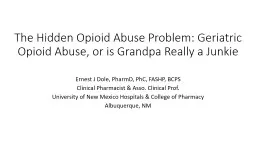

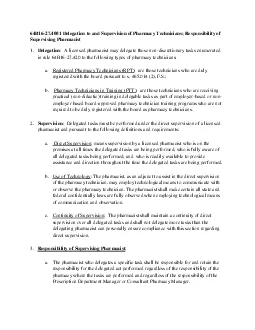
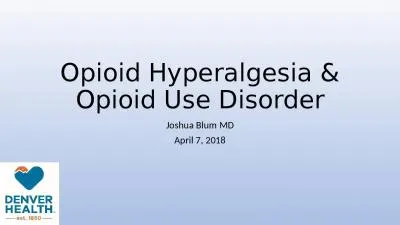
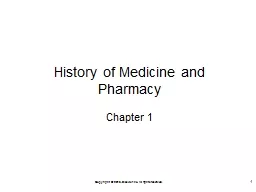
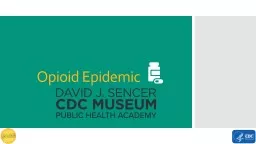
![[DOWNLOAD] Filling in the Gaps of Math Understanding For Environmental Technicians Vol](https://thumbs.docslides.com/1005036/download-filling-in-the-gaps-of-math-understanding-for-environmental-technicians-vol-2-working-with-exponents-and-scientific-notation-basic-math-understanding-for-environmental-technicians.jpg)
